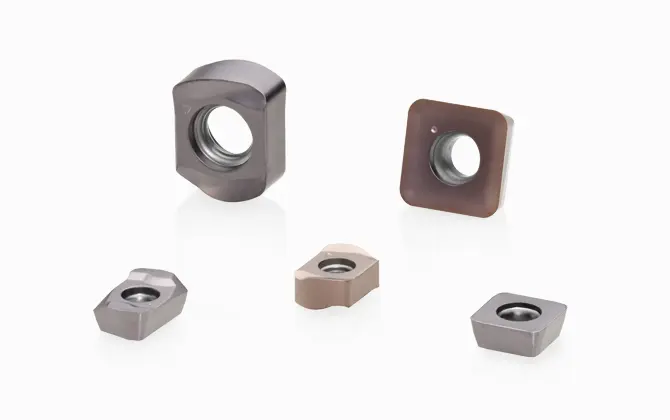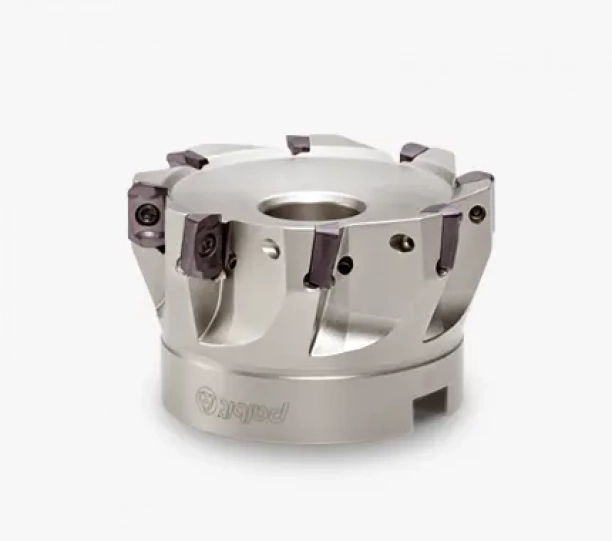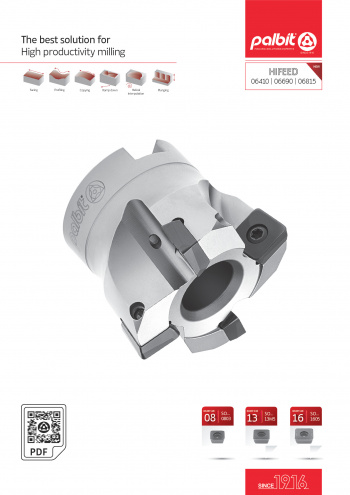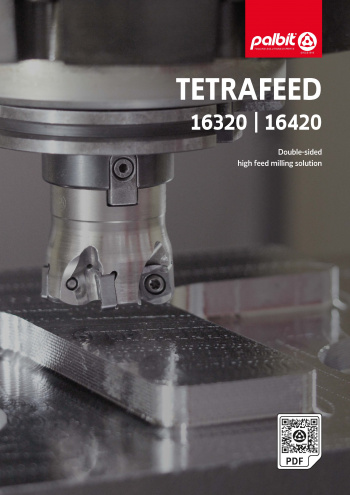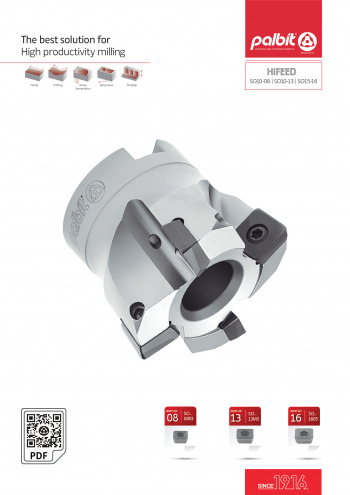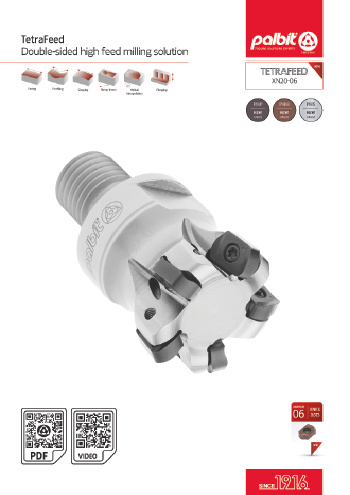
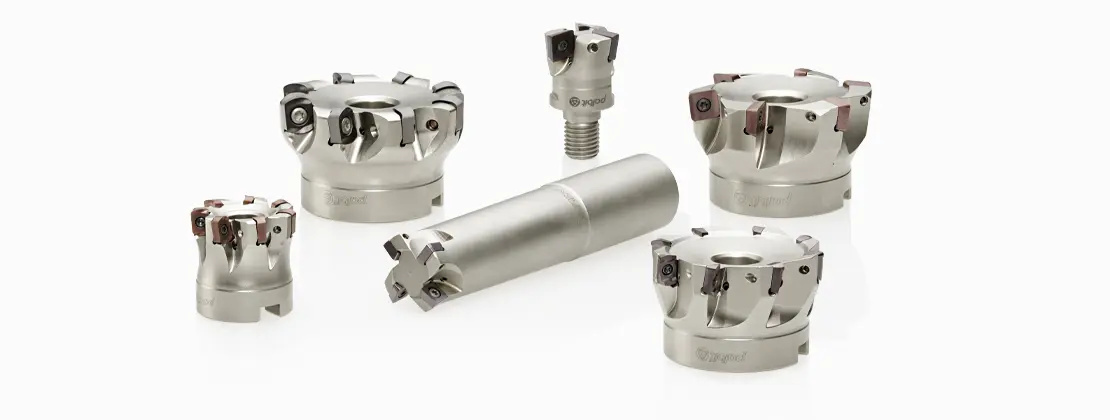
What is High-feed Milling?
With an increasingly competitive market, new technologies and production processes are emerging in order to reduce the cost of products and increase productivity. From this perspective, in the area of machining, high-feed milling emerged. This is a method that reconciles a high feed per tooth with a low depth of cut. In this way the Material Removal Rate (MRR) is maximized and, when compared to conventional methods, the number of finished parts in a given time in the high feed method is much higher.
The mechanism of high feed milling is based on the chip thinning effect. The thickness of the chip depends on the entry angle of the milling tool. For example, a tool with an entry angle of 90° at a feed of 0.2mm forms chips that are 0.2mm thick. However, a cutter with a 45° lead angle to form 0.2mm thick chips must have a feed per tooth of 0.28mm. That is, for similar chips we are allowed to increase the feed by 40%, resulting in a reduction in cycle time.
Another advantage is the decomposition of the cutting force, since it is the entry angle of the cutter that defines its direction. With a 90º cutter, the cutting force acts perpendicularly to the spindle, demanding a great effort from the tool. With a 45º cutter, the cutting force is distributed, with a component that acts perpendicularly and another against the spindle. Forces in the direction of the spindle are preferable, since it is in this direction that the rigidity of the machine-tool system is higher, minimizing deformations and vibrations resulting in a better finish of the parts to be produced.
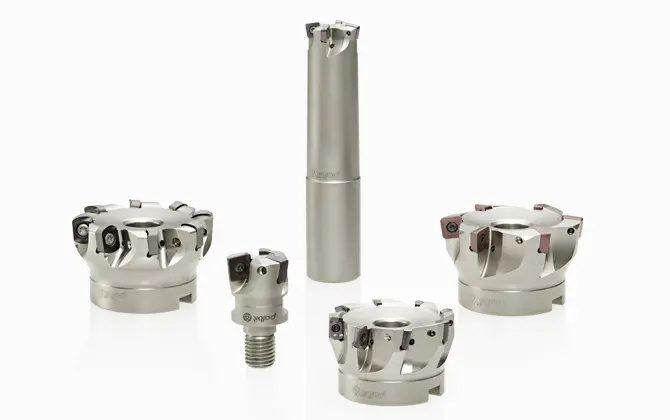
Advantages of using high feed milling
- Extremely high material removal rates
- Excellent “chip thinning” effect and a better chip evacuation
- Extraordinary cutting feed rate
- Reduced cycle time resulting in increased tool life and productivity
Learn more about our high feed milling tools
Learn how to scale your productivity with our high feed range
Products Range

